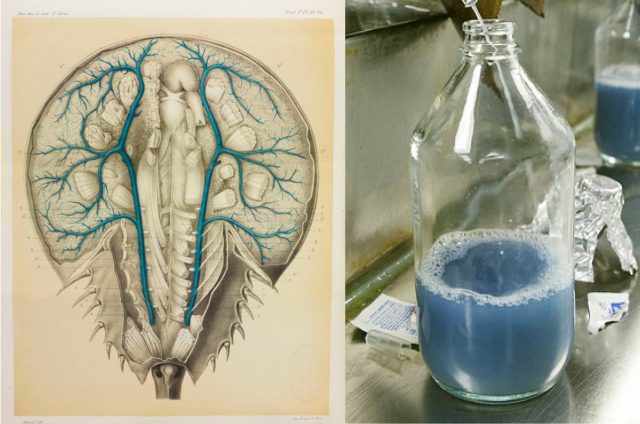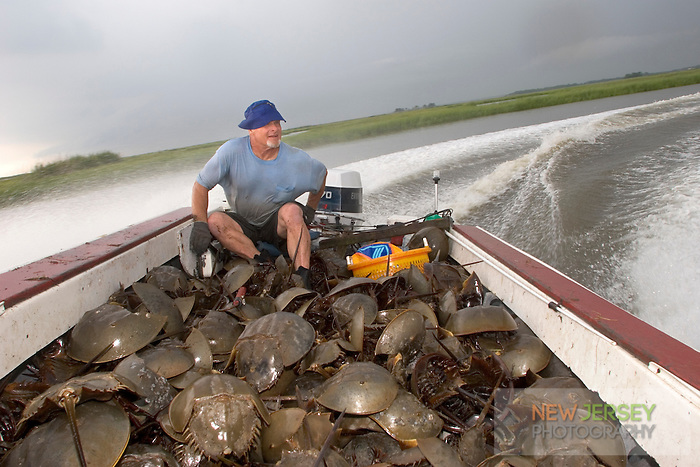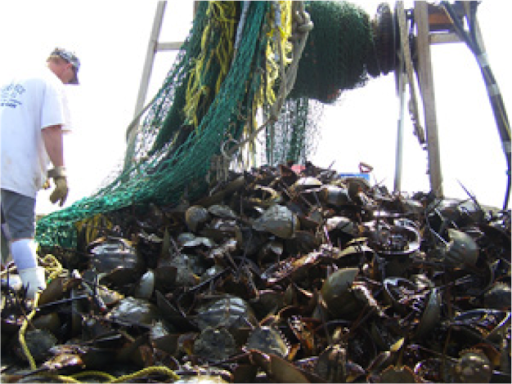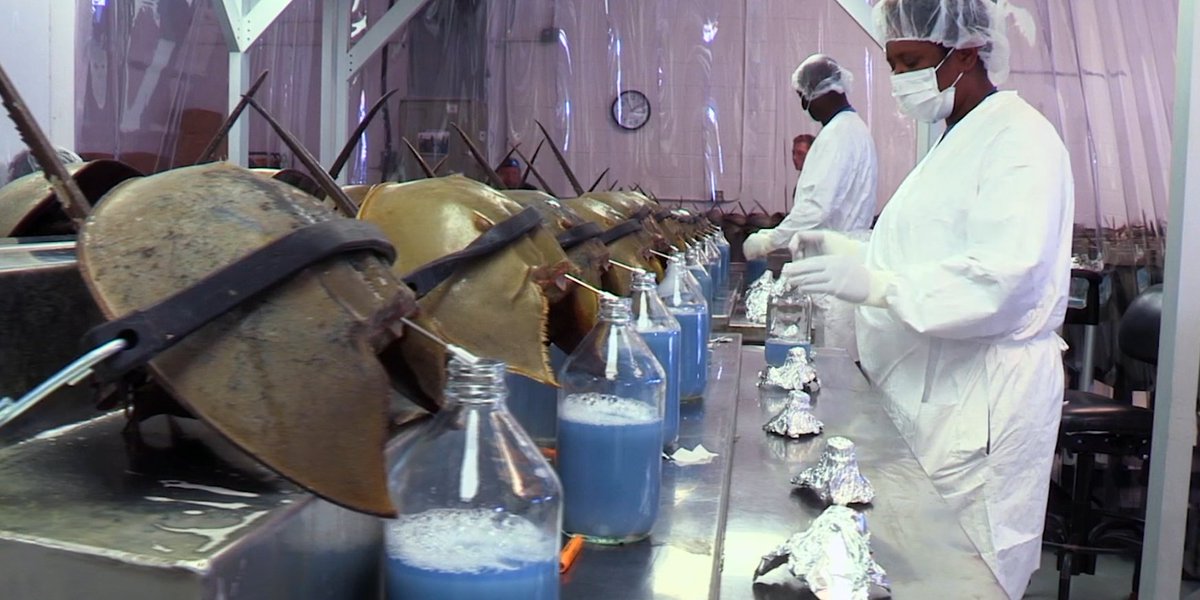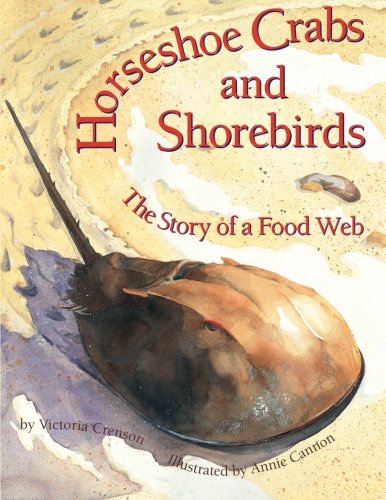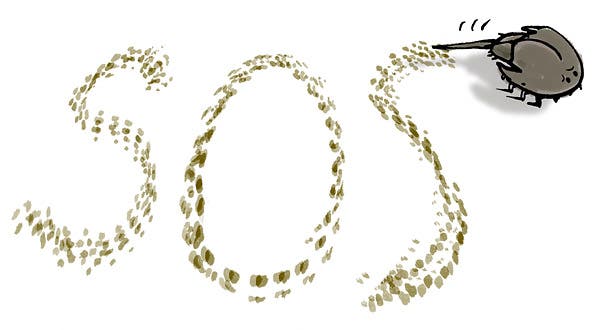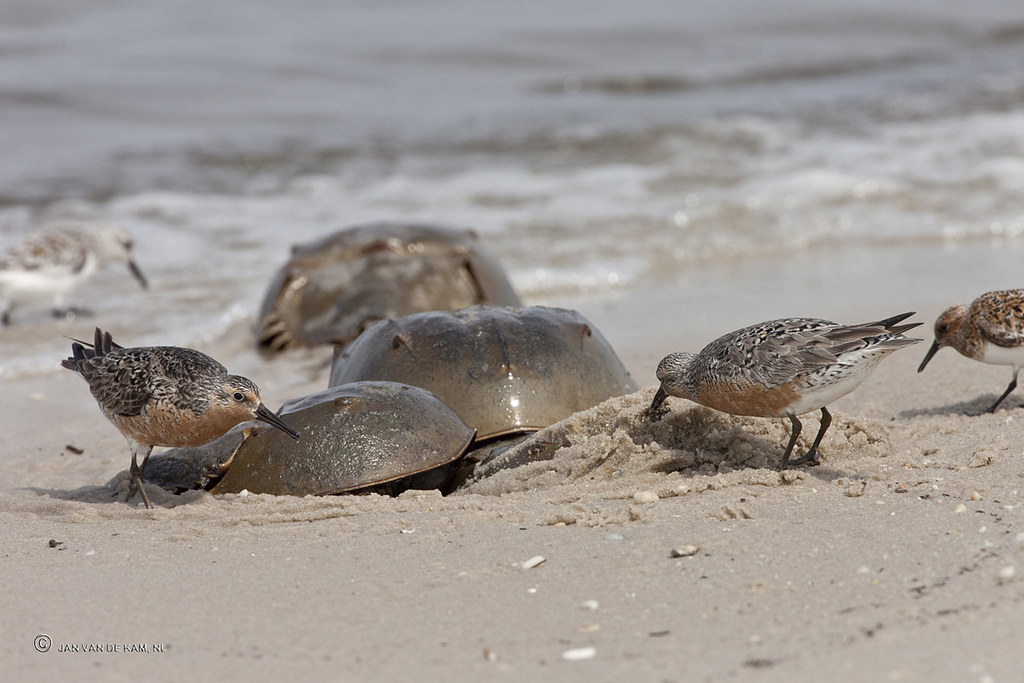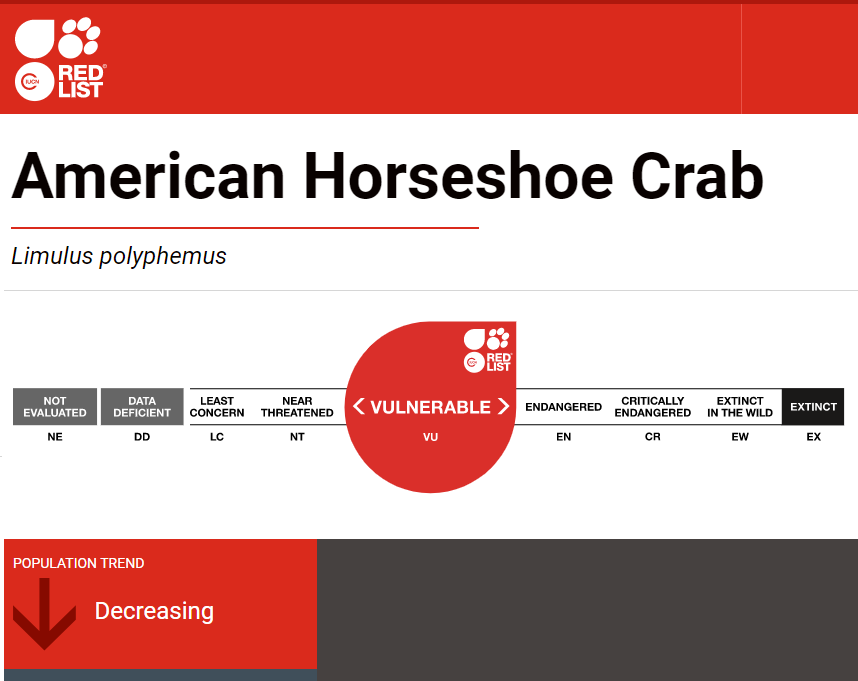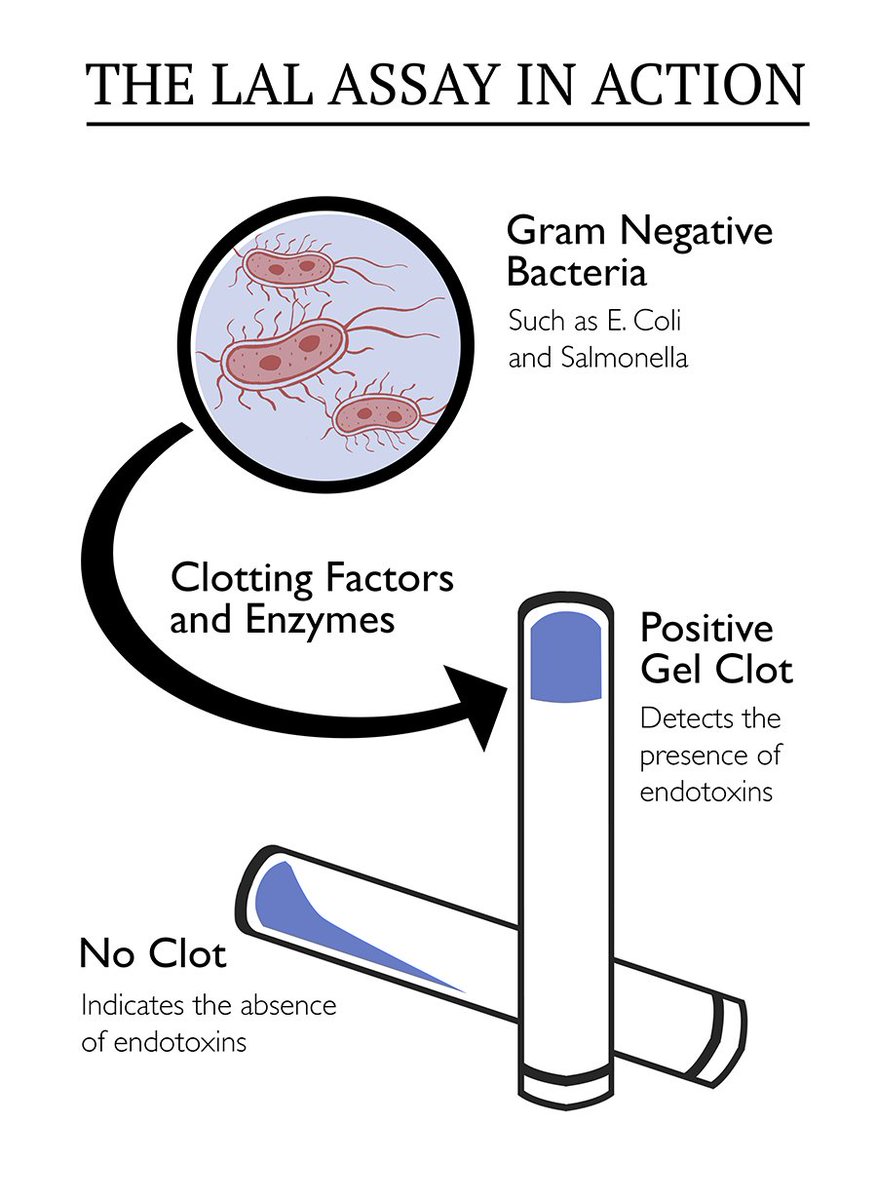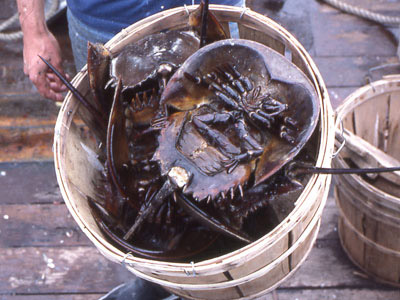A slightly belated thread about my new research project/secondment on HORSESHOE CRABS. This has been funded by the @Wellcometrust& #39;s Secondment Fellowship scheme, is part of @AnimalResNexus, & was co-developed & involves working with the amazing @RSPCA_LabAnimal team
So... why horseshoe crabs? Well, horseshoe crab blood is quite special & immunologically unique. It& #39;s used to ensure that vaccines, injectables, & other biomedical things are safe from bacterial contamination (endotoxin testing). You likely & #39;owe& #39; your health to horseshoe crabs.
Procuring blood for this (regulatory mandated) testing involves capturing & bleeding ~500,000 crabs from wild populations each year (numbers are contested).
There are debates around horseshoe crab sentience and capacity to suffer, with increasing discussions about the impact of capture & bleeding on species health and mortality.
These concerns are also entangled with questions about declining horseshoe crab populations, coastal ecologies (such as shorebirds reliance on crab populations), and ultimately the sustainability of pharmaceutical supply-chains. Again, all often highly contested.
The Horseshoe crab has been classed as & #39;vulnerable& #39; by the IUCN, with populations trending to & #39;decreasing& #39;.
A synthetic substitute has been available since 2003, but uptake is slow due to cautions over the validation of alternatives, and lack of regulatory requirements to consider alternatives to testing in non-vertebrates.
One review of an & #39;alternative& #39; suggested it was equivalent to, or better than, crab-derived assays. However, others have been less positive about the potential to replace the & #39;LAL assay& #39; with a non-animal alternative on a routine or commercial basis.
But things are changing. Recently the European Pharmacopoeia designated a ‘test for bacterial endotoxins using recombinant factor C’ as a new general chapter (coming into effect Jan 2021), which some suggest represents a level of regulatory encouragement in non-animal methods.
Yet there are also concerns that a rise in alternatives may return the crab’s status to that of fishing bait. As this article comments, “being valuable alive has obviously hurt the horseshoe crab in some ways. But having no economic value at all is worse” https://www.theatlantic.com/technology/archive/2014/02/the-blood-harvest/284078/">https://www.theatlantic.com/technolog...
My research aims to understand stakeholders’ perceptions of the obstacles & opportunities presented by alternative methods within endotoxin detection, & identify what policy frameworks & evidence could help overcome barriers preventing transitions to non-animal alternatives.
I& #39;ll be working with the multiple stakeholders around horseshoe crab use (pharmaceutical companies, regulators, patient groups, animal welfare scientists, fisheries, and conservationists) to understand different interests and understandings of risk.
There& #39;s so much more I could say about these intriguing animals, & their location at the interface of human, animal, & environmental health. If you& #39;re intrigued, & want to know more, drop me an email r.gorman[at] http://exeter.ac.uk"> http://exeter.ac.uk & stay tuned for more horseshoe crab tweets!

 Read on Twitter
Read on Twitter